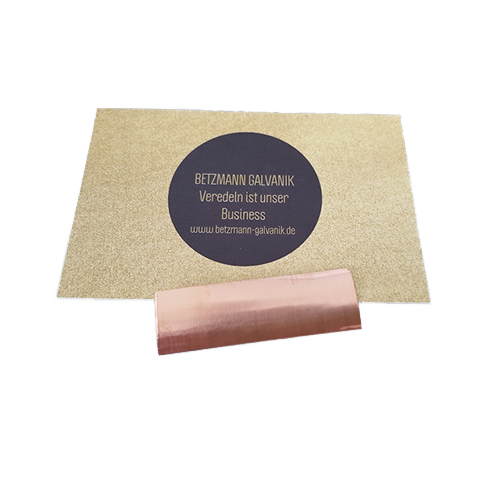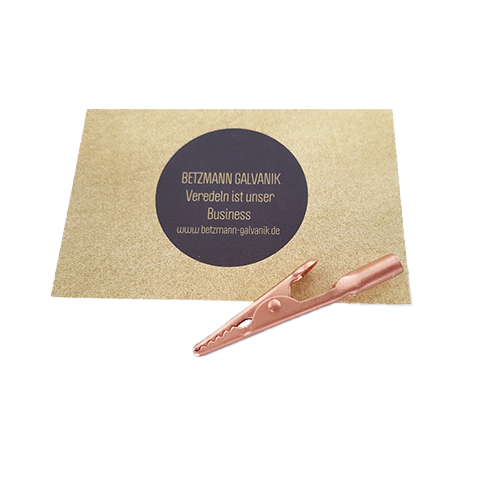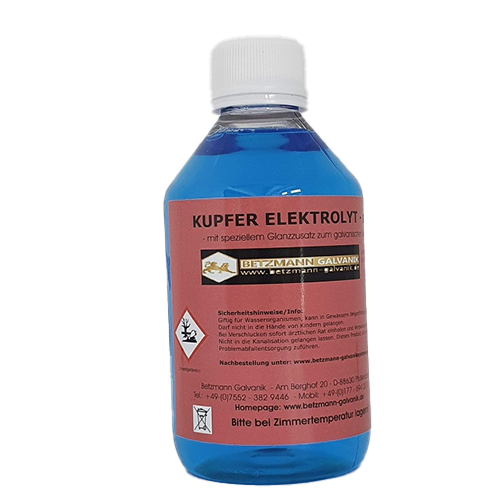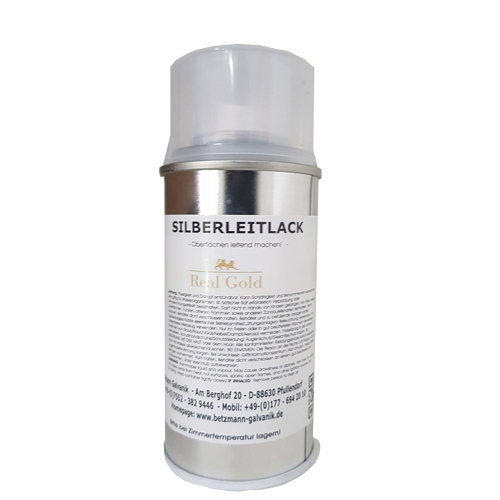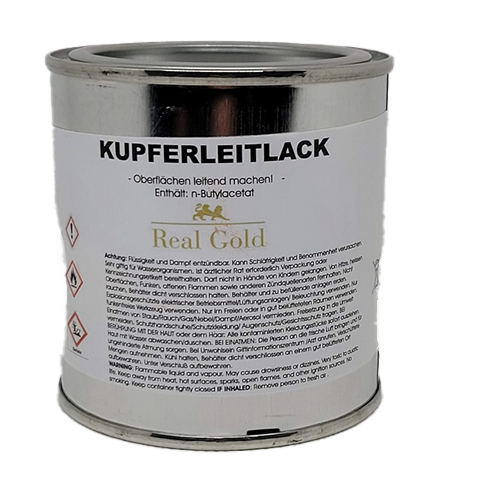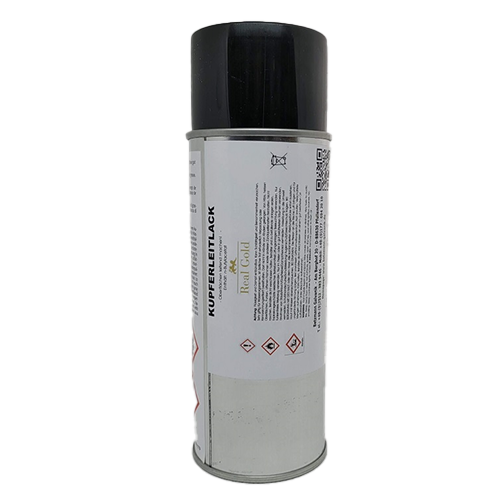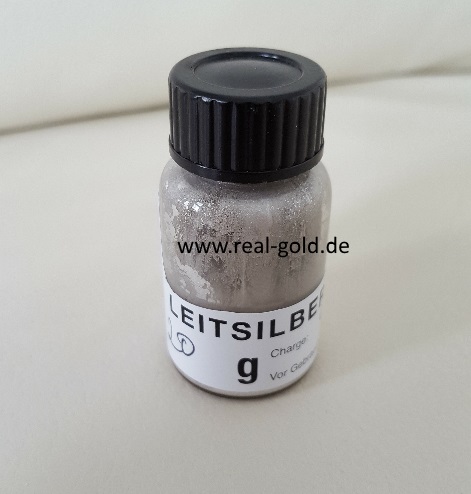
Sie wollen Schuhe, Muscheln, Kalk, Blumen, Rosen, Ihren selbst kreierten 3D Druck galvanisieren? Dann sind Sie hier genau richtig!
Sie benötigen zunächst einen Kupferleitlack oder Silberleitlack.
Der Unterschied?
Kupferleitlack ist günstig, patiniert aber, sprich die Oxide machen ihn nichtleitend. Daher muss der Leitlack wieder aktiviert werden, in dem man ihn für ca. 30 Minuten in saures Kupfer Elektrolyt einlegt.
Die Säure entfernt die Oxide und dann findet der Stromfluss statt. Kontaktieren Sie nun das zu beschichtende Teil mit dem Minus und legen Sie es in das saure Kupferbad. Beschichten Sie für eine Zeit das Teil mit saurem Kupfer und bringen so eine wunderschöne glänzende Kupferschicht auf. Dies sollte mit einer harten Sperrschicht in Form von Nickel oder Kobalt oder Palladium versehen werden, als Deckschicht dann Gold oder Chrom.
Der Silberleitlack ist teurer, leitet aber immer. D.h. dieser kann direkt mit saurem Kupfer, PP Kupfer oder alkalischem Kupfer beschichtet / metallisiert werden.
Dann auch diesen mit einer Sperrschicht versehen, als Deckschicht dann Gold oder Chrom.
Alternativ gibt es auch ein selbstklebendes Kupferband, ein sog. Schneckenband. Dies kann man auf die Fläche kleben, möglichst glattstreichen, dann kann man direkt beschichten - siehe Anleitungsvideos!
Content: 0.1 Liter (€90.00* / 1 Liter)
Content: 0.15 Liter (€330.00* / 1 Liter)
Content: 0.05 Liter (€406.00* / 1 Liter)
Content: 0.4 Liter (€124.50* / 1 Liter)

